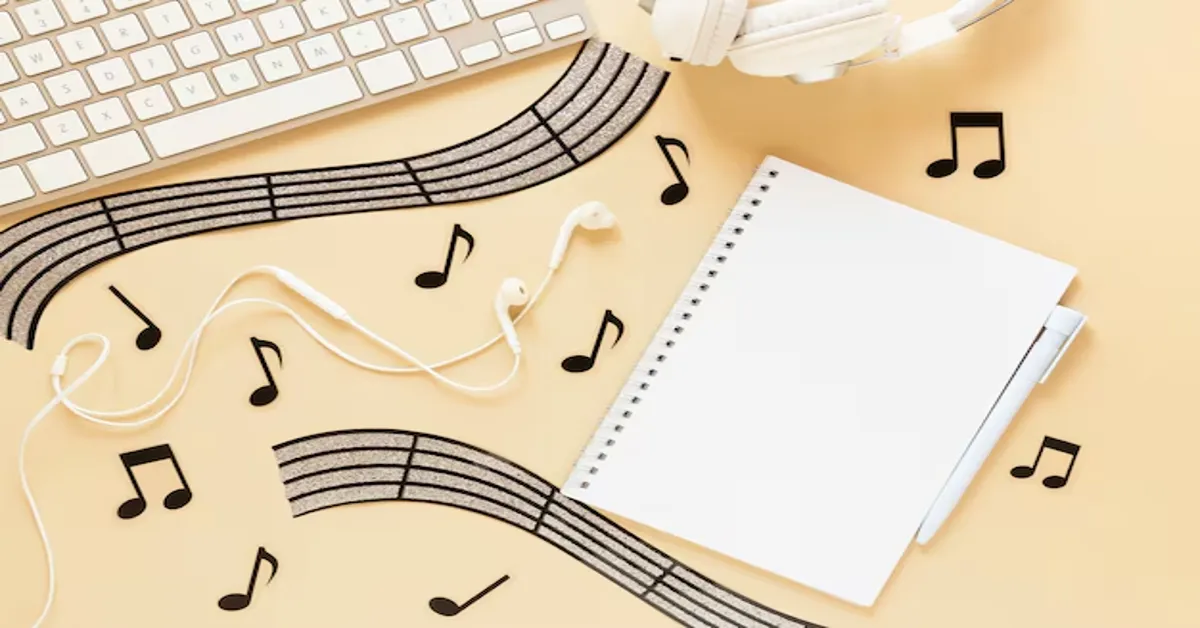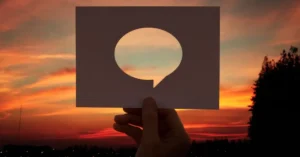The treble clef, also known as the G clef, is one of the most commonly used clefs in music notation. It is essential for reading and playing melodies on various instruments, including the piano, violin, flute, and guitar. Understanding treble clef notes is crucial for musicians of all levels. In this guide, we’ll break down everything you need to know about treble clef notes, their placements, and tips to master them easily.
What Is the Treble Clef?
The treble clef is a musical symbol placed at the beginning of the staff to indicate the pitch of written notes. It curls around the second line of the staff, designating it as the note G above middle C.
Why Is It Called the G Clef?
- The treble clef symbol starts by circling the G note on the staff.
- It is primarily used for higher-pitched instruments and vocal ranges.
Common Instruments Using the Treble Clef
- Piano (right hand)
- Guitar
- Violin
- Flute
- Clarinet
- Trumpet
- Soprano and Alto voices
Notes on the Treble Clef Staff
The treble clef staff consists of five lines and four spaces, each representing a specific musical note. These notes move sequentially in ascending or descending order following the musical alphabet (A to G).
Line Notes (EGBDF)
The notes on the lines of the treble clef staff, from bottom to top, are:
- E – 1st line
- G – 2nd line
- B – 3rd line
- D – 4th line
- F – 5th line
Mnemonic to Remember Line Notes:
- Every Good Boy Does Fine
- Elephants Go Bouncing Down Fields
Space Notes (FACE)
The notes on the spaces of the treble clef staff spell out the word FACE:
- F – 1st space
- A – 2nd space
- C – 3rd space
- E – 4th space
Mnemonic to Remember Space Notes:
- The spaces spell FACE (easy to remember!)
Ledger Line Notes Above and Below the Staff
When notes go higher or lower than the standard five-line staff, ledger lines are used to extend the range.
Common Ledger Line Notes:
- Above the staff:
- G (above the 5th line)
- A (first ledger line above the staff)
- B (second ledger line above the staff)
- C (third ledger line above the staff, also known as high C)
- Below the staff:
- D (below the 1st line)
- Middle C (first ledger line below the staff)
- B (second ledger line below the staff)
- A (third ledger line below the staff)
How to Read Treble Clef Notes Faster
1. Practice with Flashcards
Using flashcards with treble clef notes can help you recognize them quickly.
2. Use Mnemonics
Memorize the EGBDF and FACE mnemonics to speed up note recognition.
3. Play Simple Melodies
Start with simple sheet music to practice identifying notes in context.
4. Sight-Reading Exercises
Regularly sight-read sheet music to improve note recognition and musical fluency.
5. Learn an Instrument
Practicing with an instrument like the piano or guitar helps reinforce note placement and sound.
Conclusion
Mastering treble clef notes is essential for musicians of all levels. By understanding the lines (EGBDF), spaces (FACE), and ledger lines, you can confidently read music and play melodies with ease. Whether you’re a beginner or an advancing musician, regular practice will make treble clef note reading second nature.
Frequently Asked Questions (FAQ)
- Q: What are the treble clef notes for piano?
A: The right hand of the piano primarily plays treble clef notes, starting from middle C and moving upwards.
- Q: Why do some instruments use the treble clef?
A: Instruments with higher pitches, such as violin, flute, and trumpet, use the treble clef because their notes fall within this range.
- Q: How can I learn treble clef notes quickly?
A: Using mnemonics, flashcards, and playing an instrument regularly can help you master treble clef notes efficiently.
- Q: Is middle C in the treble clef?
A: Middle C is on the ledger line below the treble clef staff and serves as a reference point for both the treble and bass clefs.









